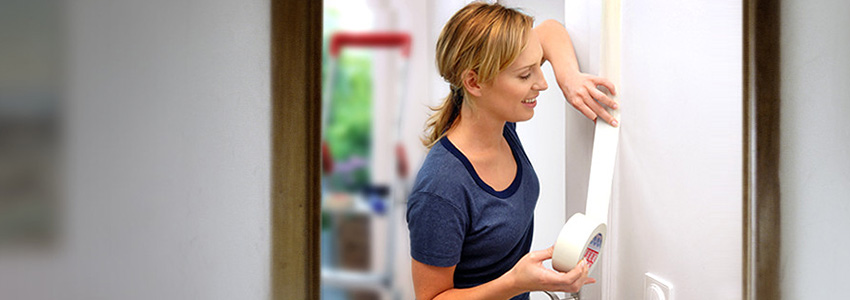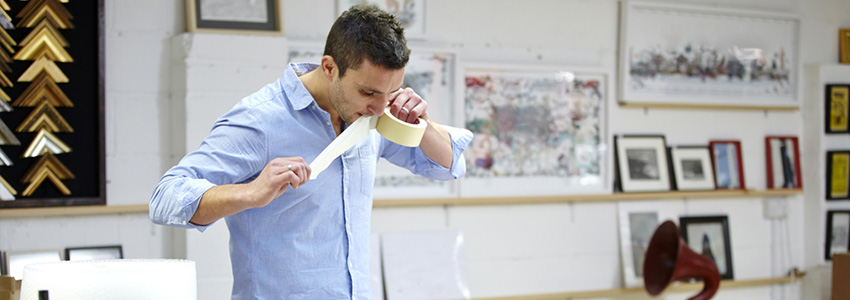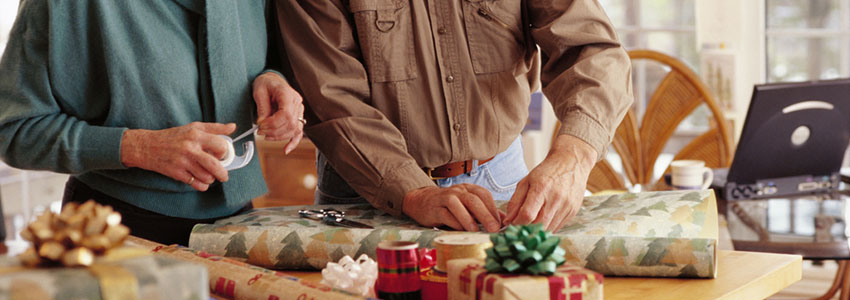New Applications for Adhesive Tapes
Uses adhesive tapes in the design, production, and transportation of its white goods and small appliance because tapes offer better craftsmanship, no stains or residue left on the end product, good chemical resistance, a variety of thicknesses and types for application, design flexibility (they can bond similar and dissimilar surfaces), high strength, multi-functionality (adhesion, insulation, barrier, etc.), and cost efficiency.
The company uses adhesive tapes in various applications in fixing, bonding, securing, and/or protecting refrigerator condensers, evaporators, shelves and crispers, and glass doors; washing machine and dryer inlays, panel plates, screens, and insulation; TV metal and glass stands, and screens; and product name plates and labels.
Suggested new applications for adhesive tapes include glass door and VIP adhesion in refrigerators and construction of holders containing foam in both large and small appliances.



